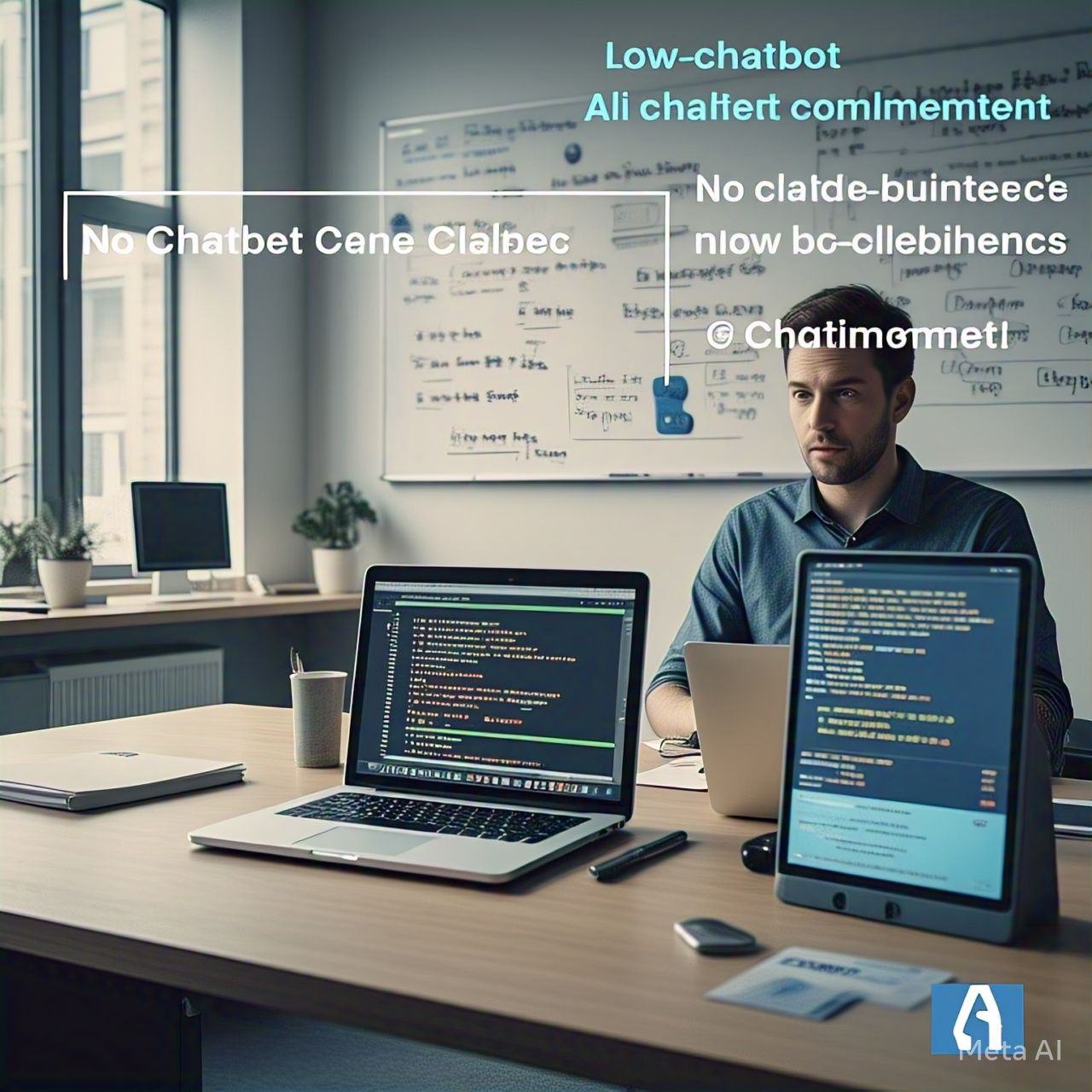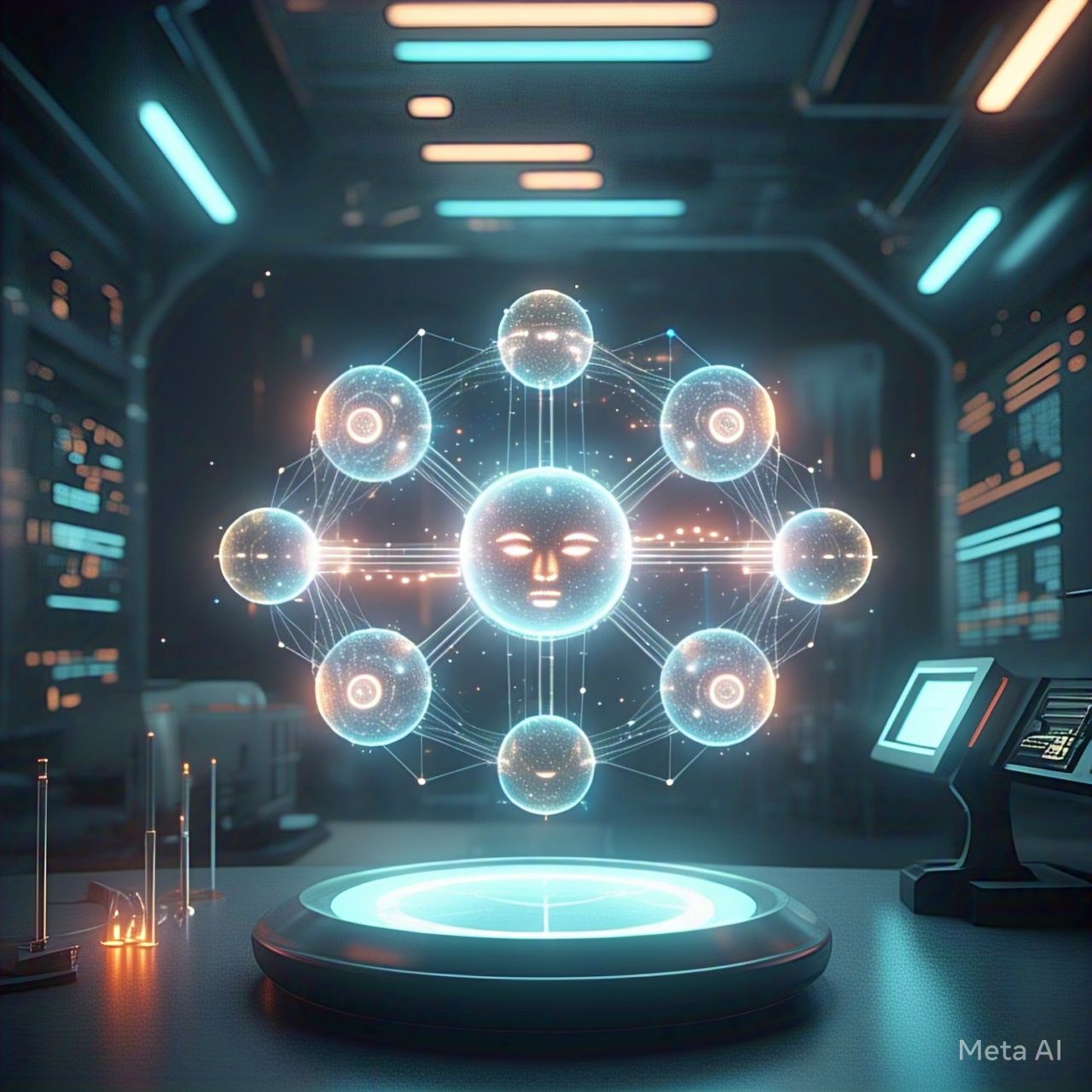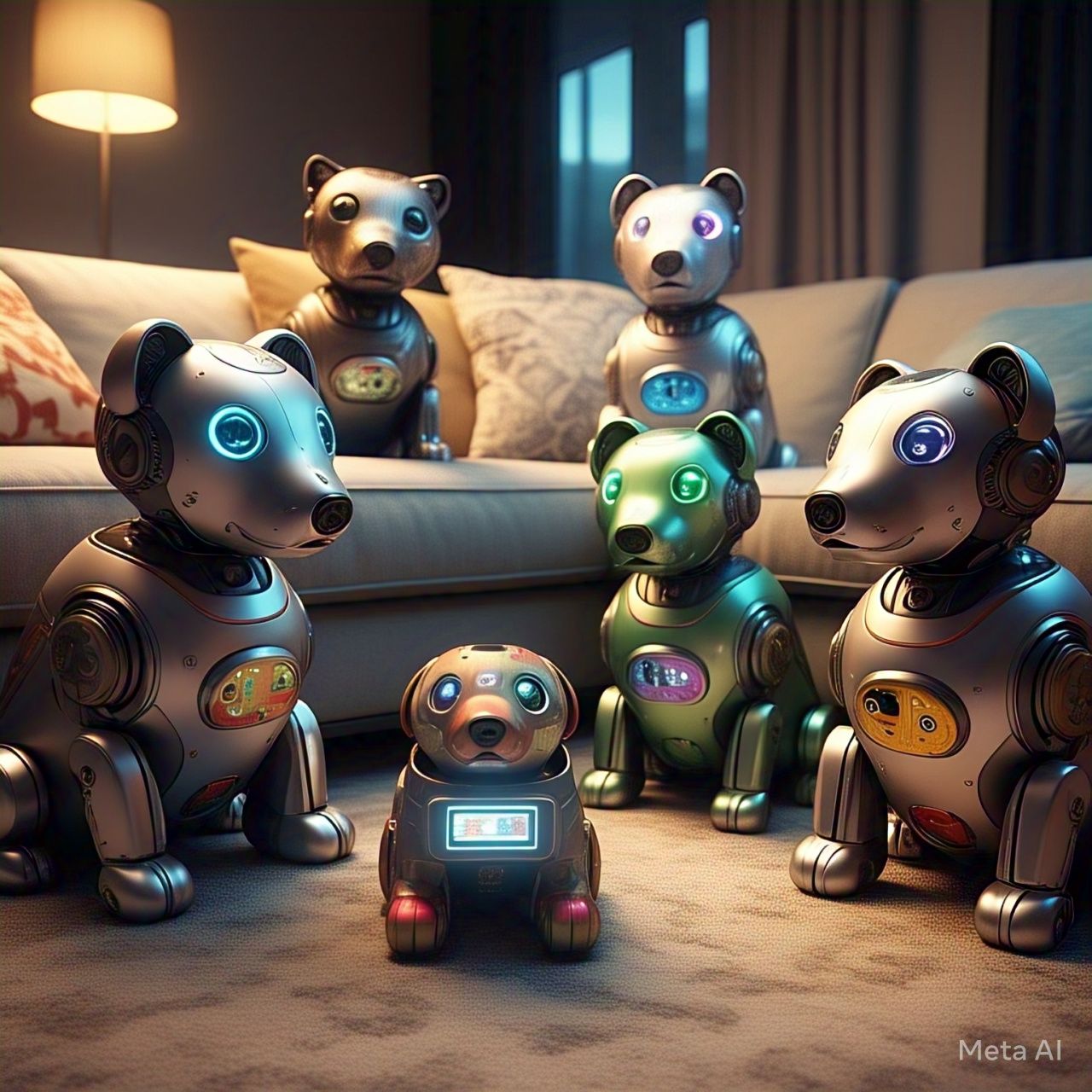Introduction
The rise of low-code and no-code AI chatbot development has transformed how businesses integrate automation into customer service, marketing, and sales. These platforms allow organizations to build intelligent chatbots without extensive coding knowledge, making AI-driven customer engagement more accessible than ever before.
1. Understanding Low-Code and No-Code AI Chatbot Development
a) What Are Low-Code and No-Code Platforms?
- Low-code platforms require minimal coding knowledge and offer drag-and-drop functionalities, allowing developers to streamline chatbot creation.
- No-code platforms eliminate the need for coding altogether, enabling non-technical users to build AI-powered chatbots using visual interfaces.
b) How Do These Platforms Work?
- Utilize pre-built templates, AI integrations, and automation workflows to design chatbots
- Offer customization options to tailor interactions to business needs
- Connect with CRM, marketing automation, and other business tools for seamless integration
2. Benefits of Low-Code and No-Code AI Chatbots
a) Faster Deployment
Businesses can develop and launch AI chatbots in a fraction of the time compared to traditional development methods.
b) Cost-Effective Solution
Eliminating the need for a large development team reduces overall expenses, making AI chatbot implementation more budget-friendly.
c) Empowering Non-Technical Teams
Marketing, sales, and support teams can create and manage chatbots without relying on IT or coding expertise.
d) Easy Integration with Business Systems
Most low-code/no-code chatbot platforms support third-party integrations with tools like Salesforce, HubSpot, Slack, and WhatsApp.
e) Scalability and Flexibility
Businesses can scale chatbot capabilities as they grow, adding new features and adjusting workflows as needed.
3. Challenges and Considerations
a) Limited Customization
While low-code/no-code platforms offer flexibility, they may lack the extensive customization of fully coded solutions.
b) Performance Constraints
Pre-built chatbot frameworks might have limitations in handling complex AI models or high-volume interactions.
c) Security Concerns
Businesses must ensure chatbots comply with data privacy regulations (GDPR, CCPA) and safeguard customer information.
4. The Future of Low-Code and No-Code AI Chatbots
The demand for AI-driven customer engagement is growing, and low-code/no-code chatbot development is set to play a crucial role in business automation. Future advancements may include:
- Improved AI models for better natural language understanding
- More integrations with enterprise applications and IoT devices
- Advanced analytics for chatbot performance tracking and optimization
Conclusion
Low-code and no-code AI chatbot platforms are revolutionizing business automation, customer service, and marketing strategies. With their ability to reduce costs, speed up deployment, and empower non-technical users, these platforms are a game changer for businesses of all sizes. As AI technology continues to evolve, low-code/no-code solutions will become even more powerful, driving greater efficiency and innovation in chatbot development.




